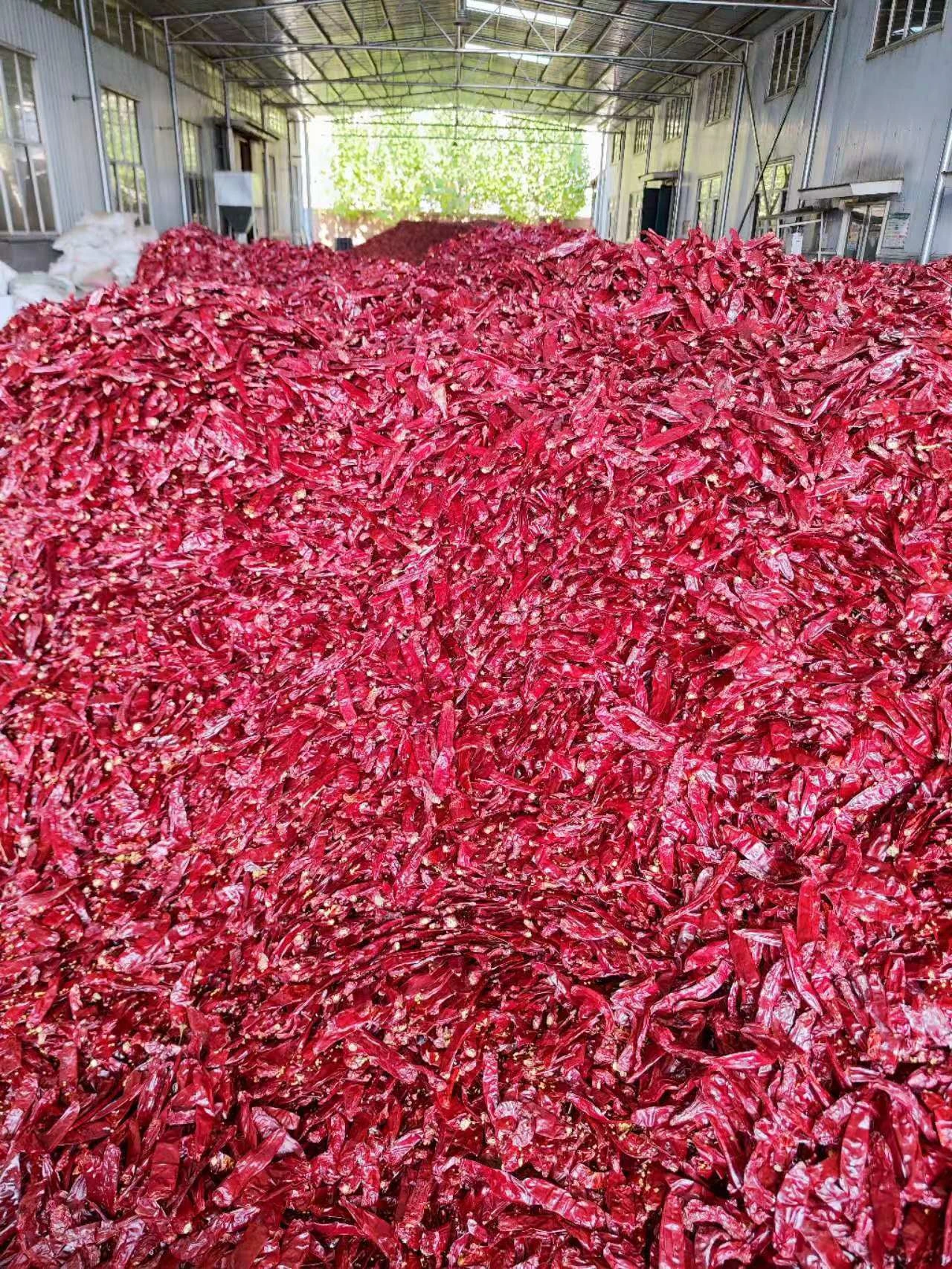- No. 268 Xianghe Street, Economic Development Zone of Xingtai city, Hebei 054001 China
- Byron@hbhongri.cn
Spicy Peppers and Their Flavorful Adaptations in Culinary Traditions
Exploring the World of Chili and Paprika Spices that Spice Up Life
Chili and paprika are two popular spices that have found their way into kitchens and culinary traditions around the globe. Both derive from the Capsicum family of plants, and while they may share some similarities, they each offer distinct flavors, characteristics, and uses that elevate dishes to new heights. In this article, we will delve into the origins, varieties, health benefits, and culinary applications of chili and paprika, exploring why they are indispensable in the culinary world.
Origin and Varieties
Chili peppers are believed to have originated in Central and South America, and they have been cultivated for thousands of years. The diversity of chili peppers is astounding, with varieties ranging from mild bell peppers to fiery habaneros and ghost peppers. Each type has its unique flavor profile, heat level, and culinary use. The heat of chili peppers is measured in Scoville Heat Units (SHU), with sweet peppers rated at zero and the hottest varieties, like the Carolina Reaper, exceeding 2 million SHU.
Paprika, on the other hand, is a spice made from grinding dried peppers, mainly from the Capsicum annuum species. It has its roots in Hungary and Spain, where different varieties are cultivated for their distinct flavors and colors. Hungarian paprika is known for its sweet and smoky taste, while Spanish paprika, or pimentón, can be sweet or hot, with a characteristic smokiness depending on its processing method. The variations in paprika offer a palette of colors ranging from bright red to deep burgundy, and the flavor can vary from sweet and mild to hot and pungent.
Health Benefits
chili and paprika

Both chili and paprika boast numerous health benefits, attributed to their high levels of vitamins, antioxidants, and capsaicin — the compound responsible for their heat. Capsaicin has been shown to boost metabolism, reduce inflammation, and even promote heart health by improving circulation. Chili peppers are rich in vitamin C, vitamin A, and various B vitamins, which support overall health and immune function. Paprika also contains substantial amounts of vitamins A and E, along with iron and essential antioxidants, making it a valuable addition to any diet.
Culinary Applications
Chili and paprika are essential in many cuisines and are used in diverse ways to enhance flavor and heat. Chili peppers can be used fresh, dried, roasted, or even pickled, offering versatility that suits many dishes. In Mexican cuisine, chilies are a key ingredient in salsas, sauces, and chili con carne, while in Indian cuisine, they add heat to curries. Thai dishes often incorporate fresh chilies for an intense flavor experience, and in many Asian stir-fries, they bring a delightful punch.
Paprika, with its milder flavor and vibrant color, is often used as a seasoning and garnish. In Hungarian dishes, paprika is a star ingredient in goulash and stews, providing warmth and depth to the flavors. Spanish cuisine celebrates paprika in dishes like chorizo, paella, and patatas bravas, where it contributes to both color and flavor complexity. Additionally, it can be sprinkled on deviled eggs, cheese plates, and roasted vegetables as a finishing touch.
Conclusion
Chili and paprika are more than just spices; they are vital components of culinary cultures worldwide. Their rich histories, varied flavors, and health benefits make them essential in both traditional and modern kitchens. Whether you prefer the fiery heat of chili peppers or the smoky sweetness of paprika, these spices not only enhance the flavor of dishes but also play a role in promoting health and well-being. So, the next time you’re experimenting in the kitchen, don’t hesitate to reach for these vibrant spices and let your culinary creativity flourish.
-
The Versatile Uses and Benefits of Capsicum Frutescens Oleoresin and ExtractsNewsJun.03,2025
-
Paprika&Chili Products Enhancing Flavor and Wellness in Every BiteNewsJun.03,2025
-
Paprika Extract and Capsicum Applications in Food and IndustryNewsJun.03,2025
-
Exploring the Benefits and Uses of Turmeric Powder and Curcumin ExtractNewsJun.03,2025
-
Discover the Bold Flavor of Premium Chilli Powder from ChinaNewsJun.03,2025
-
Capsicum Oleoresin Extract: A Potent Natural Ingredient in Modern ApplicationsNewsJun.03,2025







